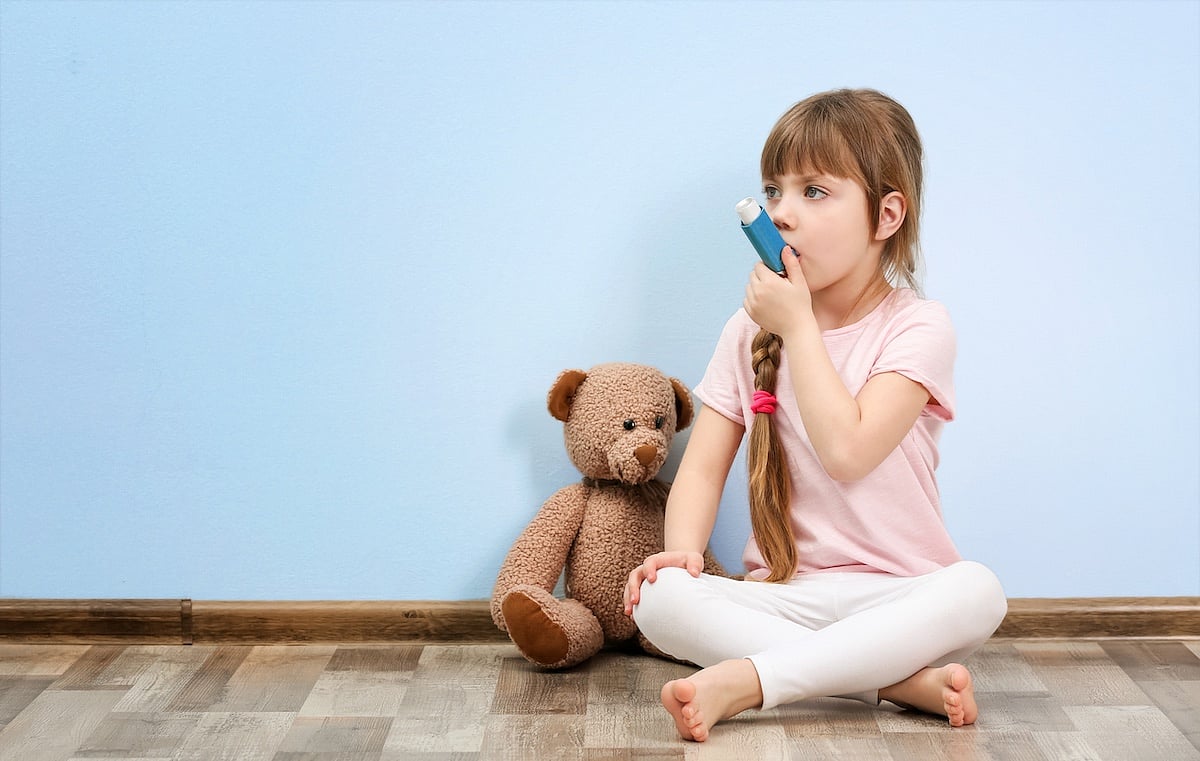Get Healthy!

- Dennis Thompson
- Posted April 22, 2025
School-Based Asthma Programs Keep Kids Healthy And Learning
Kids struggle with asthma as much at school as they do at home -- possibly even more so, since it can be tough for them to access their medicine.
So why aren’t all schools offering them asthma therapy?
A new study says that school-based asthma therapy is effective in helping kids breathe easier while away from home.
These school programs keep kids healthier, and can save millions in health care costs, researchers report in the May issue of the Journal of Allergy and Clinical Immunology: Global.
“We help families get better adherence to kids’ asthma control medication regimens by having the school nurses give them their meds on the days that they go to school,” lead researcher Kimberly Arcoleo, a professor at the Michigan State University College of Nursing, said in a news release.
For the study, researchers tracked a school-based asthma therapy program implemented in two Columbus, Ohio, school districts between 2013 and 2019, involving 633 kids ranging in age from 5 to 19.
“Students get two inhalers with controller medication, one that goes to school and one that stays home so it doesn’t have to move back and forth,” Arcoleo said. “The school nurse administers the medication to the kids each school day according to their health care provider’s instructions. Some kids need it once a day, some need it twice a day.”
Medical records revealed that after a year in the school-based program, children experienced up to 56% increased control over their asthma on average.
They also had about a 50% decrease in asthma-related hospitalizations and ER visits; about a 40% decrease in urgent care and acute care visits; and a 71% reduction in pediatric ICU stays, researchers found.
The school-based program had an even greater impact on Black children, who had as much as a 66% improvement in their asthma control, results show.
What’s more, the program is cost-effective, Arcoleo added.
“Preliminary analyses show that although the program starts out costing about $3,000 per student annually, the cost drops down to only $500 once the school has their program established,” Arcoleo said.
Researchers compared those program costs to savings of $100 for every acute care visit avoided; $150 for urgent care; nearly $2,000 for an ER visit; nearly $15,000 for a hospitalization for asthma; and nearly $47,000 for a stay in pediatric ICU.
Annual savings cropped up to $3.4 million, including more than $1 million for averted ER visits; $1.2 million for hospitalizations; and $1.2 million for pediatric ICU, results show.
The kids also lost less class time and were better behaved at school, researchers noted.
“For the elementary school kids, we decreased their missed instructional time by 16%,” Arcoleo said.
“And for the kids in middle school and high school, we decreased their missed instructional time by 25%,” she continued. “Also, behavioral incidents, such as disruptive behavior, fighting and vandalism were reduced by 7%.”
This is important from the standpoint of learning, she said.
“It’s also important for the schools because they get reimbursed by the federal government for attendance," Arcoleo added. "It’s a double benefit.”
Arcoleo and her team are following up this study with a more comprehensive economic evaluation that includes medical costs, staff time and missed work time for caregivers.
More information
Nationwide Children’s Hospital has more on school-based asthma programs.
SOURCE: Michigan State University, news release, April 10, 2025

